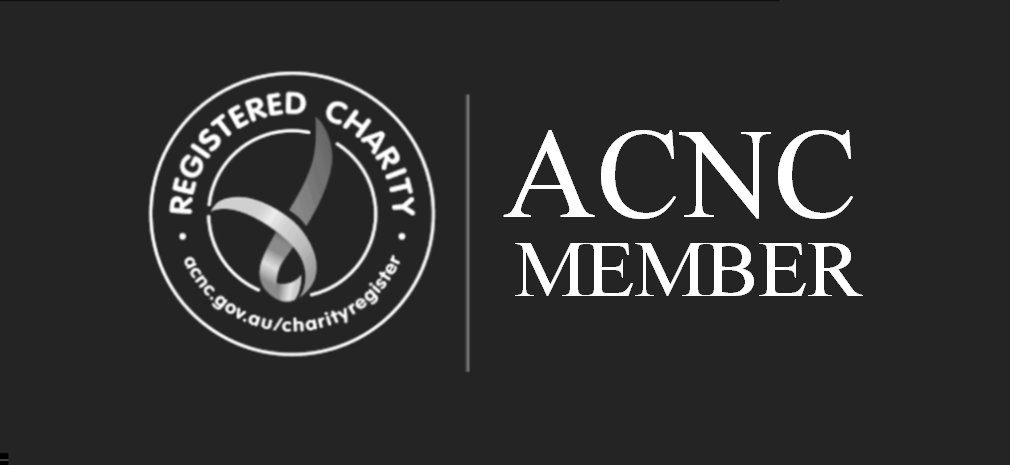.
- DAISI is committed to fairness and equality in the workplace and providing a workplace free of bullying, discrimination, harassment, sexual harassment and victimisation. This commitment includes actively promoting policy and procedure and monitoring the workplace on a regular basis with the aim of preventing the occurrence of bullying, discrimination, harassment, and victimisation in the workplace.
2. DAISI recognises and the difference between its employees and the various skills and perspectives that these differences contribute to our workplace. Behaviour that is discriminatory, harassing or bullying, whether displayed by an employee, manager, supervisor or contractor, will not be tolerated.
3. The aim of this policy is to ensure employees, contractors, members and volunteers of DAISI have a clear understanding of DAISI’s expectation pertaining to acceptable and appropriate behaviour within the workplace. The workplace also pertains to work conducted here in Australia, offsite in the South Pacific, as well as activities at a work related social events.
Scope
4. This policy applies to all Plan Australia employees, contractors, volunteers, Board Members, and work experience personnel.
Legislation
5. DAISI must meet all legislative requirements of New South Wales and Federal legislation including but not limited to the following:
Federal Jurisdiction
· Australian Human Rights Commission Act 1986
· Sex Discrimination Act 1984
· Disability Discrimination Act 1992
· Racial Discrimination Act 1975
· Equal Opportunity for Women in the Workplace Act 1999
· Fair Work Act 2009
NSW State Jurisdiction
· Anti Discrimination Act 1977 NSW Legislation
Responsibilities of Managers
6. It is the primary responsibility of management and other employees in a position of authority to establish monitor and proactively maintain a working environment free from discrimination, harassment and bullying. Responsible personnel must also model appropriate behaviour and monitor the workplace in which their employees, members, and volunteers (including contractors) perform their role to ensure that acceptable standards of conduct are observed at all times.
Gender Equality Protection Officers
7. The role of the Gender Equality Protection Officer is to provide confidential, general information and support to any employee including matters relating to discrimination, harassment and bullying related to their gender. The Gender Equality Officer can help employees identify the issues in their situation, the outcome they want and the options available to achieve these. The Gender Equality Protection Officer does not provide legal advice, nor judge what is or is not discrimination bullying or harassment based on gender, but instead provides general information that will help the employee decide how to handle their own situation. The Gender Equality Protection Officer can be contacted by calling DAISI on +61 478 067 159, or by completing the Gender Inequality Incident Reporting Form listed under ‘contact us” tab on hour website daisi.com.au
Non-Gender Related Complaints
8. All matters of suspected discrimination, harassment and bullying not related to gender can be directed to the Chair of DAISI via email: staff@daisi.com.au or mobile: .61 478 067 159, unless it concerns an allegation against the Chair, in which case the Secretary should be contacted by email: gary@daisi.com.au or by mobile +61 411 248 910
Management of Complaints
9. Management will treat all concerns and complaints quickly, fairly and seriously in accordance with our complaints and whistleblowing policy. .
10. Complainants will not be disadvantaged in their employment conditions or opportunities as a result of lodging a complaint.
11. No employee, member or volunteer of DAISI will be penalised or disadvantaged as a result of raising legitimate concerns or complaints relating to discrimination, harassment or bullying. Where a complaint is substantiated it may result in disciplinary action up to and including termination of employment or disqualification of membership. If unsubstantiated or found to be vexatious it may also result in disciplinary action against the complainant.
Discrimination
12. Unlawful discrimination occurs when a person treats or proposes to treat another person less favourably owing to a protected attribute listed below. This is known as direct discrimination.
13. Unlawful discrimination also occurs when there is a requirement or condition or practice which has the intention of treating everyone the same ends up disadvantaging, or potentially disadvantaging a person with one or more of the protected attributes listed below. This is known as indirect discrimination.
14. Protected attributes in New South Wales include:
- Age;
- Disability/impairment;
- Industrial activity/inactivity;
- Lawful sexual activity;
- Sexual orientation or preference;
- Gender identity;
- Marital status, including de facto;
- Political belief or activity;
- Pregnancy;
- Breastfeeding
- Race includes colour descent or national or ethnic origin;
- Religious belief or activity;
- Sex;
- Status as a parent or carer;
- Personal association with someone who has one or more of the above attributes;
- Irrelevant criminal conviction (one that does not relate to an inherent requirement of the role).
15. Workplace discrimination can occur in:
- recruiting and selecting staff;
- terms, conditions and benefits offered as part of employment;
- who receives training and what sort of training is offered;
- who is considered and selected for transfer, promotion, retrenchment or dismissal.
16. It is important to note that from a legal perspective it is irrelevant whether or not the discrimination was intended.
Harassment
17. A person unlawfully harasses another person if he or she makes that other person (another employee or member of the public) feel offended, humiliated or intimidated because of one of the protected attributes listed above. It may involve inappropriate actions, behaviour, comments or physical contact that is objectionable or causes offence.
18. It is important to note that from a legal perspective it is irrelevant whether or not the harassing behaviour was intended.
19. Unlawful harassment may have occurred if the behaviour makes the victim feel:
- offended and humiliated; and/or;
- intimidated or frightened.
19. Unlawful harassment can include behaviour such as:
- telling insulting jokes about particular racial groups;
- sending explicit or sexually suggestive emails;
- displaying offensive or pornographic posters or screen savers;
- making derogatory comments or taunts about an individual’s race or religion;
- asking intrusive questions about someone’s personal life, including their sex life.
Sexual Harassment
20. Sexual harassment occurs when a person makes an unwelcome sexual advance, or an unwelcome request for sexual favours to another person, or engages in any other unwelcome conduct of a sexual nature in relation to another person. Sexual harassment has nothing to do with mutual attraction or consenting friendships, whether sexual or otherwise.
21. Sexual harassment is unlawful in pre-employment activities and in the workplace. The workplace includes any place a person goes for the purpose of carrying out any function in relation to his/her employment and can also extend to social functions.
22. Some examples of sexual harassment include:
- Persistent, unwelcome demands or even subtle pressures for sexual favours or outings;
- Staring or leering at a person or at parts of their body;
- Unwelcome patting, pinching, touching or unnecessary familiarity, such as unnecessarily brushing up against a
- person;
- Offensive comments or questions about a person’s physical appearance, dress or private life;
- Sexually explicit pictures or posters or screen savers (words and images);
- Sexually explicit telephone calls, letters, faxes, emails or voice mail messages;
- Humour such as smutty or suggestive jokes or comments;
- Innuendo, including sexually provocative remarks, suggestive or derogatory comments about a person’s physical
- appearance, inferences of sexual morality, or tales of sexual performance;
- Requests for sex;
- Insults or taunts based on sex;
- Sexually explicit physical contact
23. Some types of sexual harassment may also constitute offences under the criminal law.
Bullying
24. Workplace bullying is repeated, unreasonable behaviour directed toward an employee, or group of employees, that creates a risk to health and safety.
25. “Unreasonable behaviour” means behaviour that a reasonable person, having regard to all the circumstances, would expect to victimise, humiliate, undermine or threaten the other person.
26. “Behaviour” includes actions of individuals or a group, and may involve using a system of work as a means of victimising, humiliating, undermining, punishing or threatening.
27. “Risk to health and safety” includes risk to the mental or physical health of the employee.
28. The following types of behaviour, where repeated or occurring as part of a pattern of behaviour could be considered to be workplace bullying:
- physical or verbal abuse;
- intimidation;
- yelling, screaming or offensive language;
- excluding or isolating employees;
- psychological harassment;
- assigning meaningless tasks unrelated to the job;
- giving employees impossible jobs;
- deliberately changed work rosters to inconvenience particular employees;
- Undermining work performance by deliberately withholding information vital for effective work performance.
29. Workplace bullying can occur between a worker and a manager or supervisor (and vice-versa), or between co-workers.
30. Bullying is not an acceptable part of DAISI work culture. It is a significant occupational health and safety issue of concern as it can cause harm to a person’s health and wellbeing, both physical and psychological. Bullying may also be unlawful if it is linked to, or based on, one of the above-specified protected attributes covered by anti-discrimination legislation.
31. Bullying and harassment does not include situations where an employer raises an issue or concern with an employee in relation to legitimate and reasonable:
- Employee performance, including constructive feedback, setting performance goals, standards and deadlines;
- Inappropriate behaviour;
- Organisational change
- Disciplinary action
Victimisation
32. It is unlawful for a person to subject or to threaten to subject another person to any detriment because the other person, or someone associated with the other person, has made an allegation or complaint of discrimination, harassment or bullying on the basis of a protected attribute.



